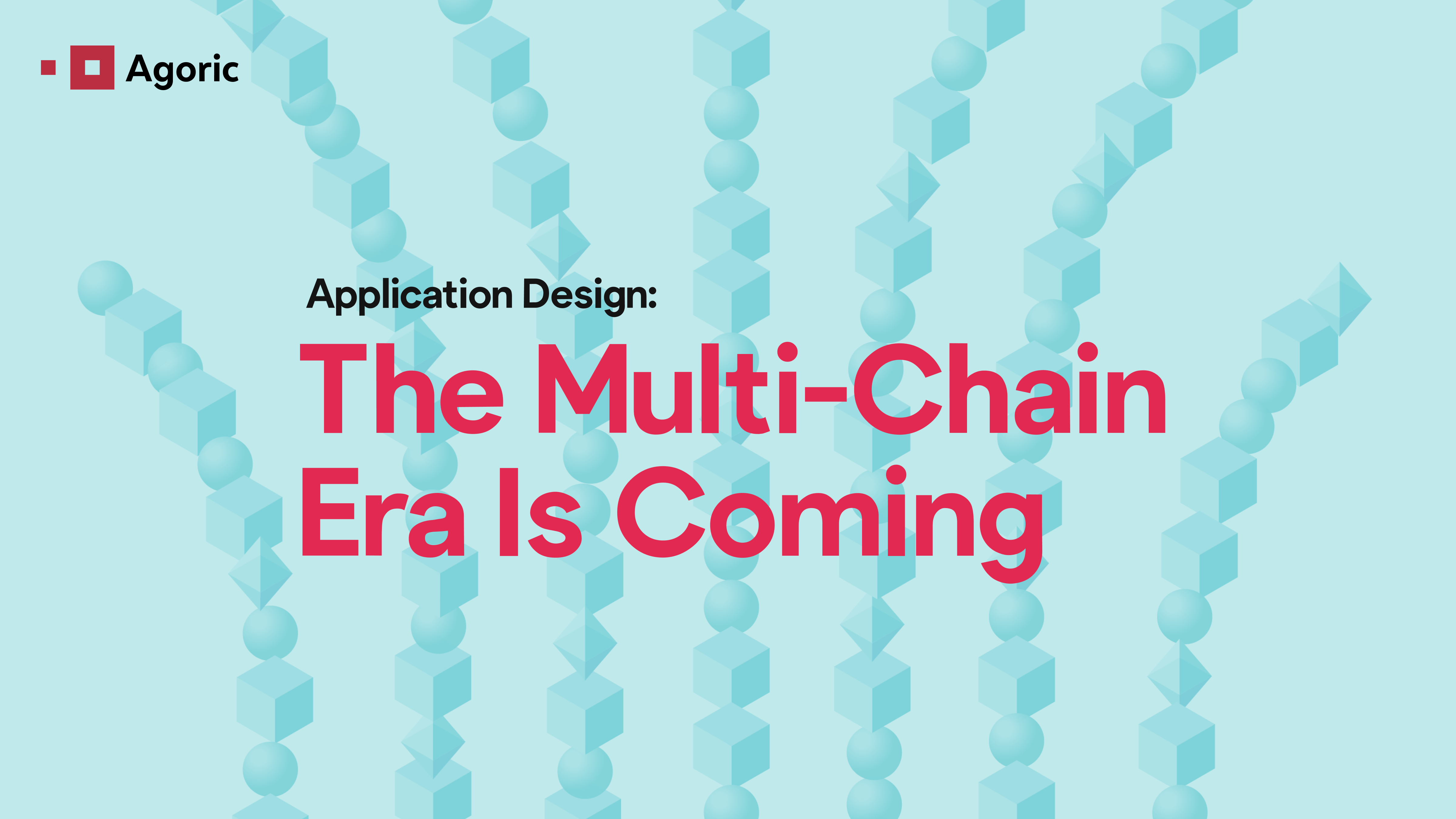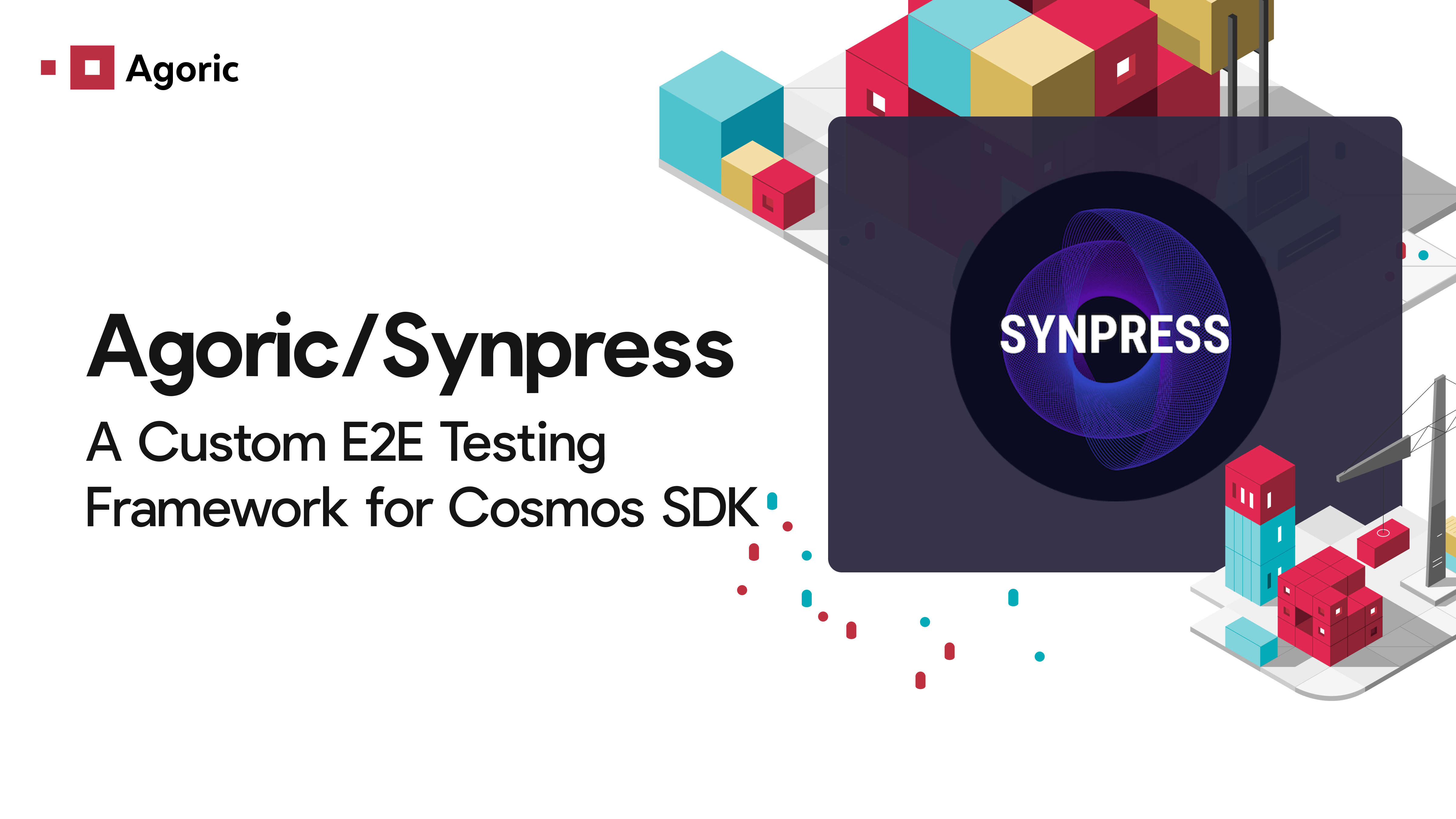There’s a new class of applications coming that leverage the best of web3 but won't be anchored to one ecosystem; they'll seamlessly integrate and operate across all of them. The rise of multi-chain applications marks a significant leap forward in the industry’s journey toward a more integrated, accessible, and user-friendly blockchain universe. By addressing the issues of fragmented liquidity, complex navigation, and poor user experiences, multi-chain applications will set a new standard for UX in web3.
The web3 landscape is an ever-expanding universe, valued at over $2.7 trillion (as of March 2024). This immense value is not just monetary; it represents a vast network of opportunities, communities, and technological advancements.
Developers often struggle to make the hundreds of platforms, applications, and tokens reliably work together (when it’s possible at all), and new users are forced to choose between which wallets, services, and UIs to interact with when many should remain behind the scenes. This explains the growing need for chain abstraction: applications that can remove friction for new users and the tools developers need to build them are going to be what drives the industry forward.
What makes multi-chain applications so potent?
Conquer Fragmented Liquidity
One of the greatest challenges in the current blockchain landscape is the issue of fragmented liquidity. Although the global market cap for the crypto industry exceeds $2T, assets and financial opportunities are scattered across various chains, making it difficult for users to get the most out of their on-chain activity.
In the current landscape, users can send assets back and forth between blockchains but hit a wall trying to do anything more intricate with their capital because smart contract instructions struggle to pass between blocks, let alone cross the barrier to another chain.
As interoperability allows assets to flow between chains, with proper orchestration users can enjoy seamless access to multi-chain resources, unlocking new levels of efficiency and opportunity. This integration is not just a convenience; it offers a more cohesive and powerful environment for users and developers alike.
See unified multi-chain liquidity in action in this Calypso demo.
Leverage Features Across Chains
Different features on different blockchains—be it Cosmos’ appchains, Ethereum’s deep liquidity, or Agoric’s interoperability features—can offer significant advantages. Multi-chain applications integrate these features, providing a unified experience through a single interface that can meet varied user requirements and preferences.
Multi-chain applications empower users by providing choices that suit their specific needs. Whether it's opting for a lending mechanism on one chain or a higher-risk, higher-reward option on another, developers can easily integrate the best options available so users can make decisions based on their priorities rather than what’s available on a given chain.
Access to multiple blockchain ecosystems also means access to their respective pools of liquidity and financial resources. This can significantly enhance capital efficiency for both users and liquidity providers, ensuring smoother transactions and better financial outcomes.
Redefine The User Experience
Historically, applications that leverage blockchains have been marred by clunky interfaces and disjointed user journeys. Multi-chain web3 applications are setting a new standard by offering simple, unified experiences that transcend individual chains. These user-friendly interfaces allow for seamless cross-chain transactions and management, transforming the way users interact with their assets and services. By prioritizing user experience, multi-chain applications are not only making blockchain more accessible but also more enjoyable to use.
To use a real world example of how multi-chain applications are improving user experiences, consider a user trying to trade USDC from an EVM chain on the Osmosis DEX on Cosmos, for TIA they want to stake. As we explain in this article on multi-chain application design, what seems like it should be a straightforward process is actually cumbersome and challenging despite all of the powerful interoperable tech available.
True multi-chain applications won’t make users manually carry out each step in a transaction flow but will orchestrate the necessary liquidity and services in the background (aka chain abstraction). By streamlining access and reducing the learning curve, applications like this can pave the way for broader adoption and deeper engagement with blockchain technologies.
Watch Dean Tribble talking about how this is possible with Agoric at ETHDenver.
Entering Our Multi-Chain Era
The interoperable pieces are already here, and the users are coming - all that’s missing is a reliable way to put them all together. Developers require a natively asynchronous smart contract platform to build applications that can seamlessly orchestrate liquidity and services from different chains in user-friendly ways.
Web3 is entering its multi-chain era, and we are here. For. It.
See how Agoric is building the cross-chain smart contract platform with the upcoming Orchestration API.



